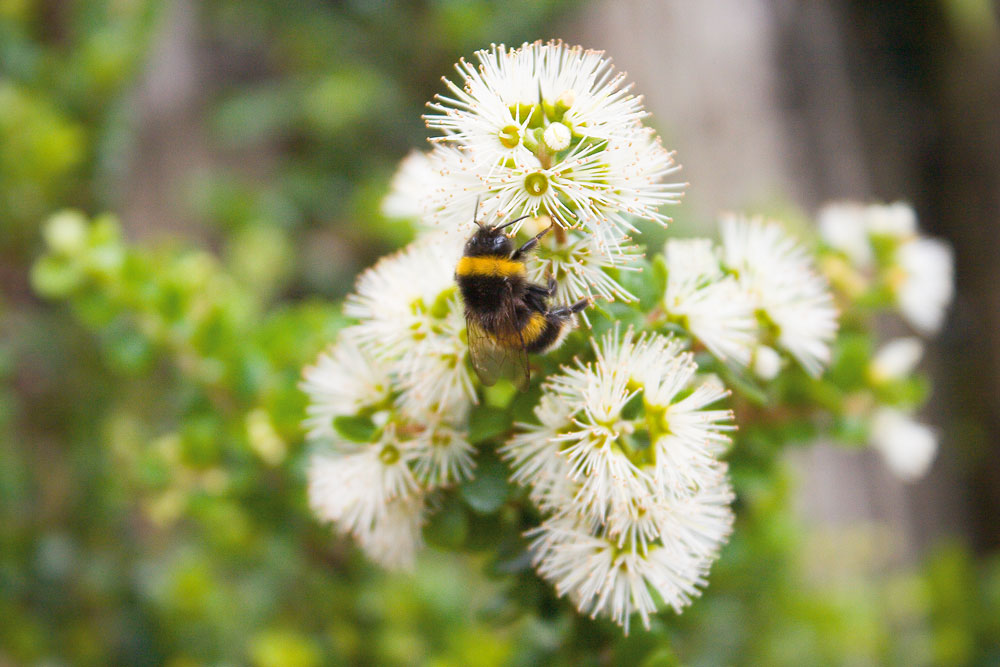Ecological intensification of agriculture is viewed as a means of managing natural biodiversity and ecology to support agriculture. Supporting insect pollinator abundance and diversity is integral to this goal.
One strategy to achieve this is to establish, manage and protect biodiverse semi-natural habitats.
To design biodiverse semi-natural plantings it’s essential to account for the variation in species-level relationships between insects crops and non-crop plants within regions. Otherwise designed habitats might not only fail to improve crop pollination but create pest reservoirs.
Research on global crop pollination has mostly focused on bees, despite the fact that numerous non-bee insect species contribute to crop pollination. There is currently a lack of research about how to optimally manage habitats to promote broader diversity in crop pollination.
In this study, scientists from Plant & Food Research demonstrated the concept of designing mixed species native plantings to optimise bee and non-bee crop pollinators in an intensively managed agricultural landscape. The plantings on three farms were designed using existing literature to identify and anticipate interactions between native plants and crops with pests and pollinators.
The scientists found that five years post planting 20 pollinating species were supported by the designed plantings (out of the 21 anticipated).
While the expected bee-plant species interactions were confirmed by the study, the networks of non-bee pollinators were bigger and more complex than predicted. This indicates that the plantings were highly effective in supporting these interactions. Immature life stages of non-bee pollinators, however, were not supported by plantings suggesting that alternative strategies should be sought for larval requirements.
The findings are being shared with industry to support the development of designed habitats on farms.
Journal Reference
B.G. Howlett, J.H. Todd, B.K. Willcox, R. Rader, W.R. Nelson, M. Gee, F.G. Schmidlin, S.F.J. Read, M.K. Walker, D. Gibson, and M.M. Davidson. Using non-bee and bee pollinator-plant species interactions to design diverse plantings benefiting crop pollination services. Advances in Ecological Research. DOI: 10.1016/bs.aecr.2020.11.002
Source: Plant and Food Research












